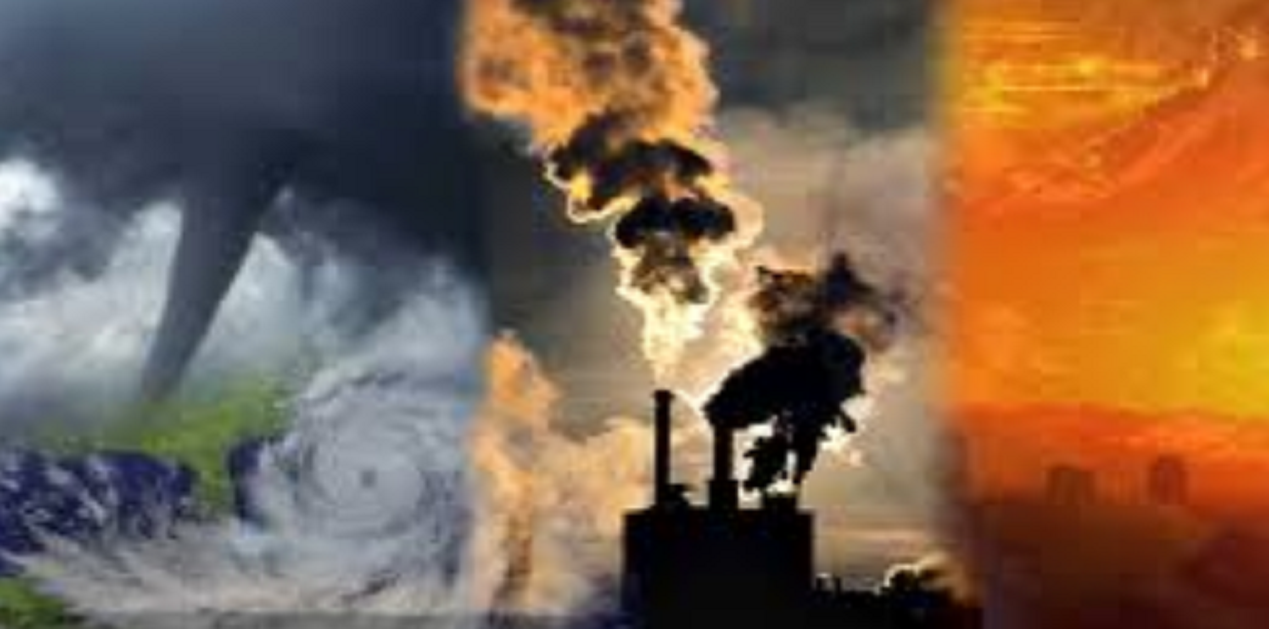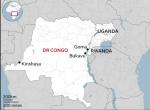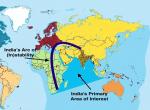In a span of just seven days recently, two varying bits of information emerged on the climate change front for India. The first is that India lost 2,018 lives in 2018 due to the fallout of this crisis. And the second is that the country entered the league of top ten nations in climate Change Performance Index (CCPI), bettering its rank from eleventh last year to ninth this year.
The contrast reflects both challenges and opportunities that India faces in effectively managing climate change. The CCPI figures are released annually after an analysis of four parameters: Greenhouse gas emissions, renewable energy, energy use and climate policy. The assessment is done on the basis of compatibility with the 2015 Paris Agreement. The top three performers were Denmark, Sweden and Morocco. Fifty seven nations and those of the European Union were ranked for their performance in the promotion of various aspects of managing climate change positively. The rankings came even as the annual climate change conference, COP25, was held. COP25 concluded recently in the Spanish capital of Madrid, and it came on the heels of a major Climate Action Summit at the UN headquarters in New York. While the UN meet was at the initiative of the global body’s Secretary-General to re-focus attention on the issue, COP25 was a conference of the parties to the UN Conference on Climate Change. This conference was tasked with ensuring that the mandate of the convention — as well as the Paris Agreement — is being implemented by the member-nations.
The global concern is understandable. According to experts, the world is already 1.1 degree Celsius warmer than it was at the onset of the industrial revolution. If current trends remain, global temperatures could rise by 3.2-3.9 degree Celsius. The outcome could be disastrous; it can lead to wide-ranging destruction to not just the environment but also to the lives and livelihood of people. The UN Environment Programme has pointed out, through its 2019 Emissions Gap report, that reductions in greenhouse gas emissions of 7.6 per cent year from 2020 to 2030 are needed to meet the internationally agreed goal of keeping the increase in temperature to 1.5 degrees Celsius over the pre-industrial feels. Most scientists believe that this is a tall order, but the option to not work towards it is certain catastrophe.
The COP platform is important because the other bodies such as the UN Framework Convention on Climate Change have a non-binding character, whereas COP has some binding element in at least certain parameters. COP25 was a defining conference because in the next year of 2020, parties have to submit new climate actions plans for the future and also explain their achievements in containing climate change negatives.
Like other countries, India too is battling with the challenge, but the task is hard and the clock is ticking away. The Global Climate Risk Index has ranked India as the fifth most vulnerable country in the world in terms of experiencing extreme weather conditions. According to the report, India also witnessed the second-highest economic losses of over $37,000 million. In terms of absolute losses, the country suffered in the range of over two lakh crore rupees due to climate change.
According to a Union Ministry of Environment and Forests’ report titled, Climate Change and India: A 4x4 Assessment — A Sectoral and Regional Analysis for 2030s, devastating flash floods and deficit rainfall have been direct fallouts of climate change that has impacted India. Temperatures in the Himalayan region are likely to rise up to 2.6 degrees Celsius and increase in intensity by two per cent to 12 per cent by 2030s. The result of such an increase is flash floods that in turn lead to massive landslides and loss of farming land. The statistics are alarming. Monsoon rainfall in 2018 was recorded as the sixth lowest since 1901; that year also was the sixth warmest since 1901. In 2019 itself, 20 States had deficient rainfall while three were in the ‘large deficient’ category. The contrast of floods and deficit rainfall all in one year can be only understood from the prism of climate change.
There is yet another worrying impact. According to estimates, the per capita availability of freshwater in the country is expected to drop below 1000 cubic meters by 2025 — because of population growth, but also due to climate change. Coastal flooding and saltwater entering the river basins have made the river deltas even more vulnerable to climate change. So much so, even the might Ganga could become water-scarce by 2025. One of the reasons for these changes is the reduction in glacier areas in the mountains which feed the rivers. Since 1962, the overall glacier area had gone down by 21 per cent. Since everything apparently contradictory happens as a consequence of climate change, sea levels will rise and sea temperatures will soar, leading to loss of marine ecosystems, salivation, soil erosion and further flooding.
Admittedly, India has been working towards managing climate change, though experts believe that much more needs to be done. It has pledged to step up its nationally determined climate action plans. As a signatory to the Paris Agreement, the country has agreed in every climate change forum to meet its goals, such as lowering greenhouse gas emissions. Back in 2008, India had announced a National Action Plan on Climate Change (NAPCC), but since then it is unclear if any of the commitments made were met. According to Down to Earth, which specialises in environment-related matters, “NAPCC was more an exercise to secure international standing the anything else”. It added that it took six more years for the ministries concerned to approve the missions for achieving the objectives.
For all its efforts, India remains the fourth-largest emitter of greenhouse gases. Of course, in terms of per capita emission, the figure is low. According to a research agency, the Global Carbon Project, half of the carbon dioxide emissions comes from the US and Europe. The price of their prosperity, driven by massive industrialisation over the decades, is being paid by the rest of the world today. This is one reason why developing countries today are demanding that the developed world does more — and pay more — to address the global challenge. India can take pride in the fact that it is one of the few countries that has come close to meeting the Paris agreement commitments. Climate Action Tracker, another research unit monitoring climate change action plans, has reported that India’s policies are on track to contribute in limiting the rise of global temperature to two degrees Celsius.
Most of India’s greenhouse gas emissions comes from energy production — between 64 per cent and 68 per cent. Coal (one of the prominent culprits in contributing to climate change) is the biggest driver of power supply in the country. But the government projects that by 2040, nearly 40 per cent of its electricity would be supplied from non-coal sources. Electricity demand is expected to grow three times by 2030, and nearly 60 per cent of power generation is sourced through coal, which is responsible for 40 per cent of carbon dioxide emissions from fossil fuels. But the dependence on coal, while getting lower, is not going away anytime soon. In one of its report of 2017, NITI Aayog stated that the share of coal in the energy mix will be at least 44 per cent.
It’s a Catch 22 situation for India. It has to reduce dependence on coal and at the same time it cannot afford to scale down its development programmes, including the generation of electricity. The way out of this dilemma is the greater use of renewable energy. India plans to enhance its installed renewable energy capacity to 175GW by March 2022; 100GW of that is to be generated by solar power. Besides, the country hopes to almost double the share of renewable power in its total installed capacity to 40 per cent by 2030.
A great deal depends on the country’s management of its ambitious plans to utilise renewable energy. The potential is enormous. According to government figures, the calculate solar energy incidence on India’s land are is roughly 5,000trillion kilowatt hours. The solar energy available in a single year is more than the possible energy output of all of the fossil fuel energy reserves in the country. As they say, the writing is on the wall.
(The paper is the author’s individual scholastic articulation. The author certifies that the article/paper is original in content, unpublished and it has not been submitted for publication/web upload elsewhere, and that the facts and figures quoted are duly referenced, as needed, and are believed to be correct). (The paper does not necessarily represent the organisational stance... More >>
Image Source: https://www.newsclick.in/sites/default/files/2019-08/climate%20change8.png











Post new comment